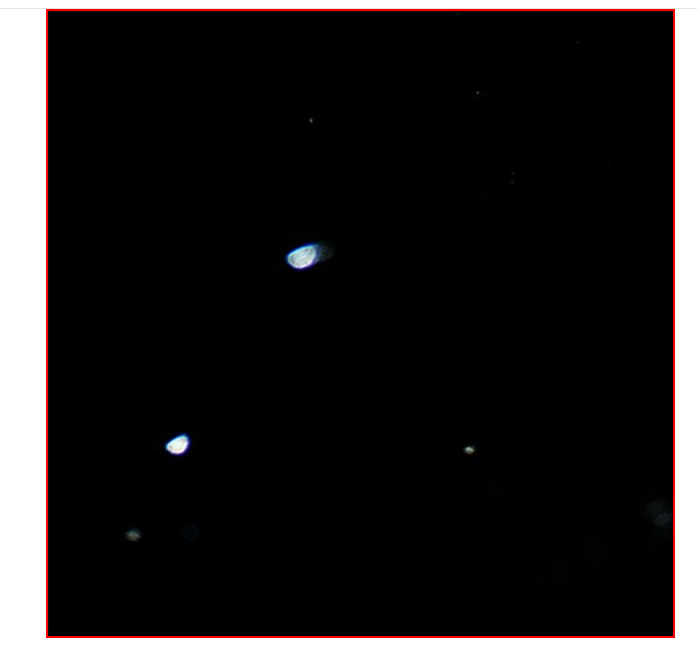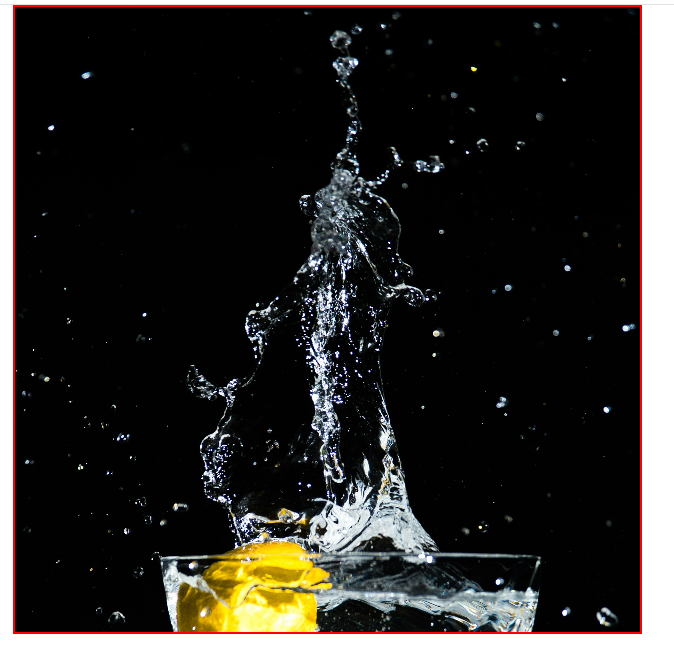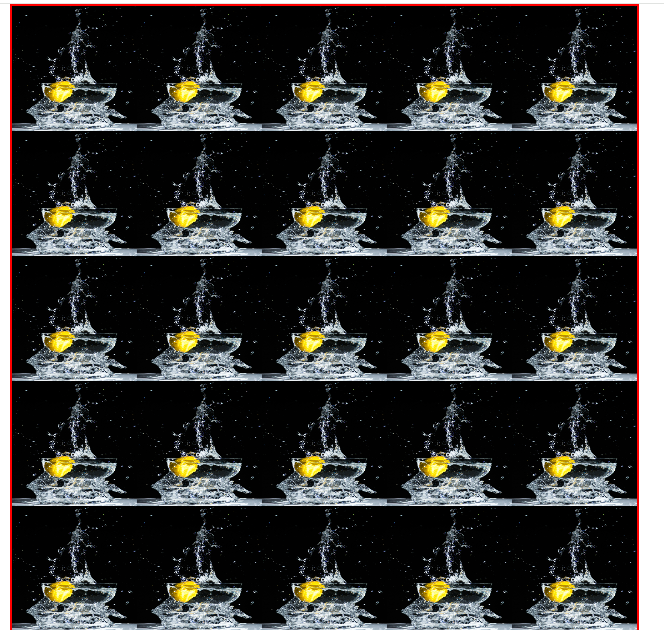Background Image ( using CSS )
 dheeraj koranga
dheeraj korangaThe background-image property in CSS allows you to set an image as the background of an element. It can be used with various other background properties to control how the image appears, scales, and repeats within the element.
Syntax of background-image
div{
background-image: url('path/to/image.jpg');
}

Properties Associated with background-image
There are several CSS properties related to background images that allow you to customize their appearance. These properties are commonly used together to create flexible and responsive designs.
1. background-size
Defines the size of the background image.
cover: Scales the image to cover the entire element. The image will maintain its aspect ratio, but it might be cropped if the element's aspect ratio differs.
div {
background-color: rgb(255, 255, 255);
height: 500px;
width: 500px;
margin : auto;
border: 2px red solid;
background-image: url("bg.jpg");
background-size: cover;
}

contain: Scales the image to fit entirely within the element. The entire image will be visible, but there may be space around it if the aspect ratio doesn’t match.
div {
background-color: rgb(255, 255, 255);
height: 500px;
width: 500px;
margin : auto;
border: 2px red solid;
background-image: url("bg.jpg");
background-size: contain;
}

- Custom sizes: You can also specify exact sizes using units like pixels (
px), percentages (%), or other length values.
div {
background-color: rgb(255, 255, 255);
height: 500px;
width: 500px;
margin : auto;
border: 2px red solid;
background-image: url("bg.jpg");
background-size: 20% 20%;
}

2. background-repeat
Specifies whether the background image should repeat (default behavior) or not.
repeat: Repeats the image both horizontally and vertically (this is the default).repeat-x: Repeats the image horizontally only.repeat-y: Repeats the image vertically only.no-repeat: Prevents the image from repeating.
3. background-position
Defines the starting position of the background image within the element. You can use keywords like top, bottom, left, right, center, or you can specify exact coordinates in pixels or percentages.
Summary of Key Background Properties:
| Property | Description |
background-image | Specifies the image to use as the background. |
background-size | Defines the size of the background image (e.g., cover, contain, exact size). |
background-repeat | Specifies how/if the image should repeat (e.g., repeat, no-repeat, repeat-x). |
background-position | Controls where the image is positioned (e.g., center, top, 50% 50%). |
background-attachment | Defines if the background scrolls with the page (scroll, fixed, local). |
background-clip | Controls how far the background extends into the box model (e.g., border-box, padding-box). |
background-origin | Specifies where the image’s position is calculated from (e.g., border-box, padding-box). |
background-color | Specifies a background color that shows when the image is not available or partially transparent. |
Subscribe to my newsletter
Read articles from dheeraj koranga directly inside your inbox. Subscribe to the newsletter, and don't miss out.
Written by
